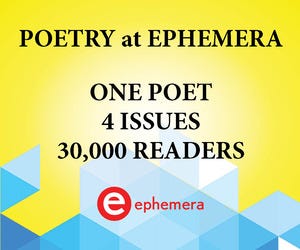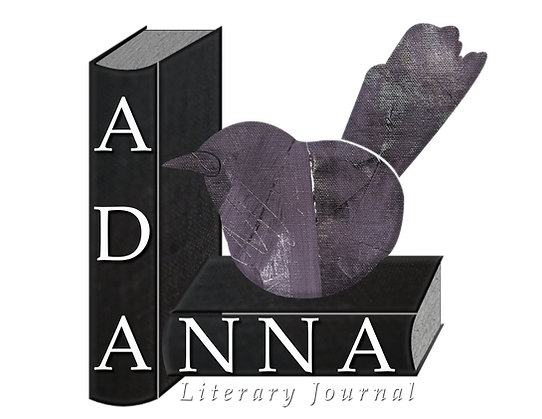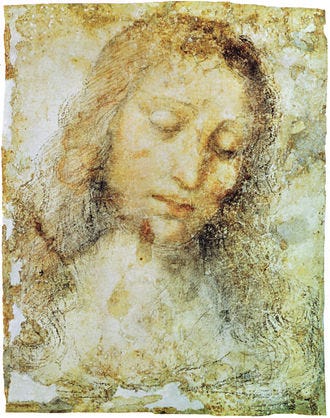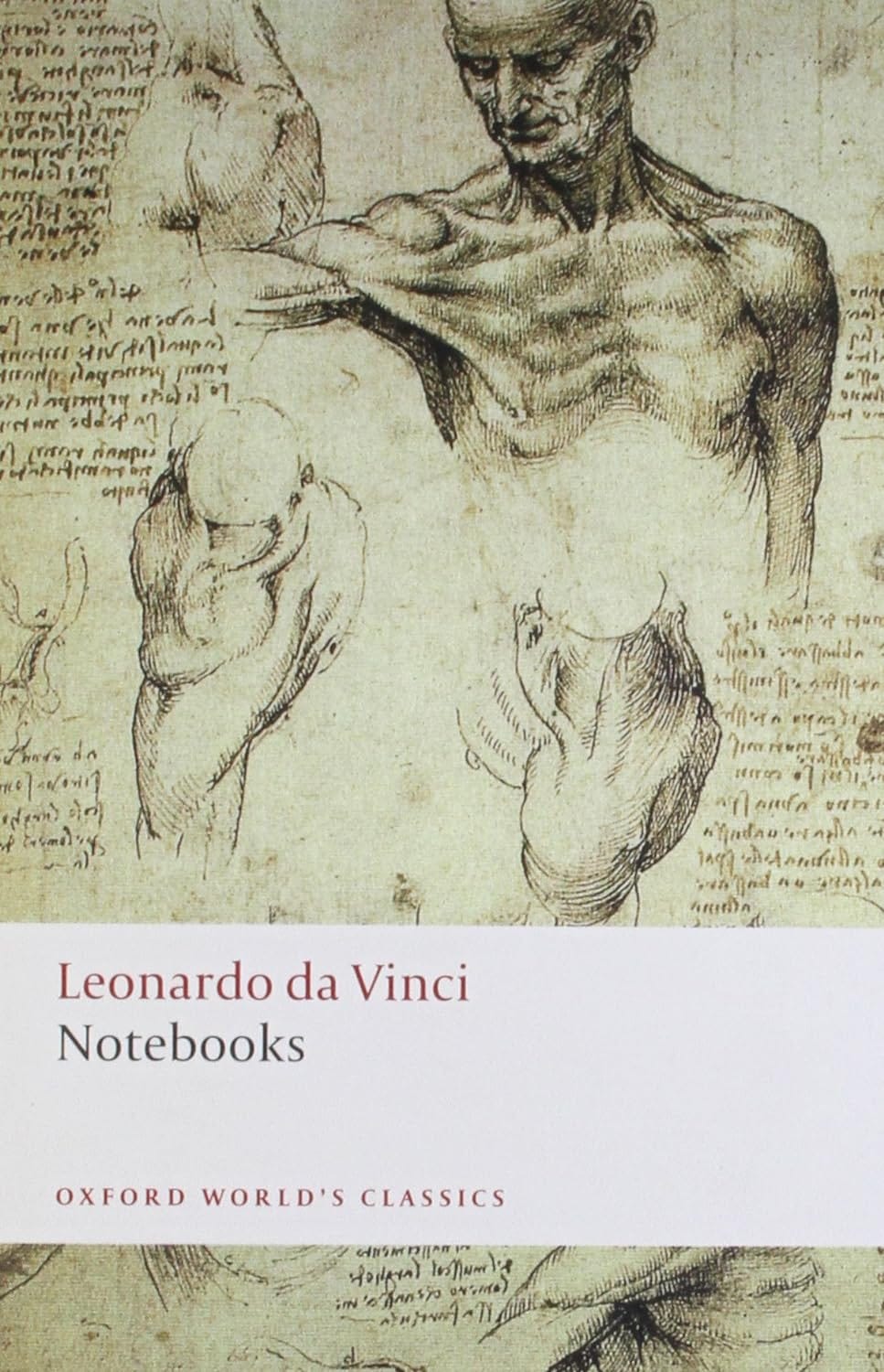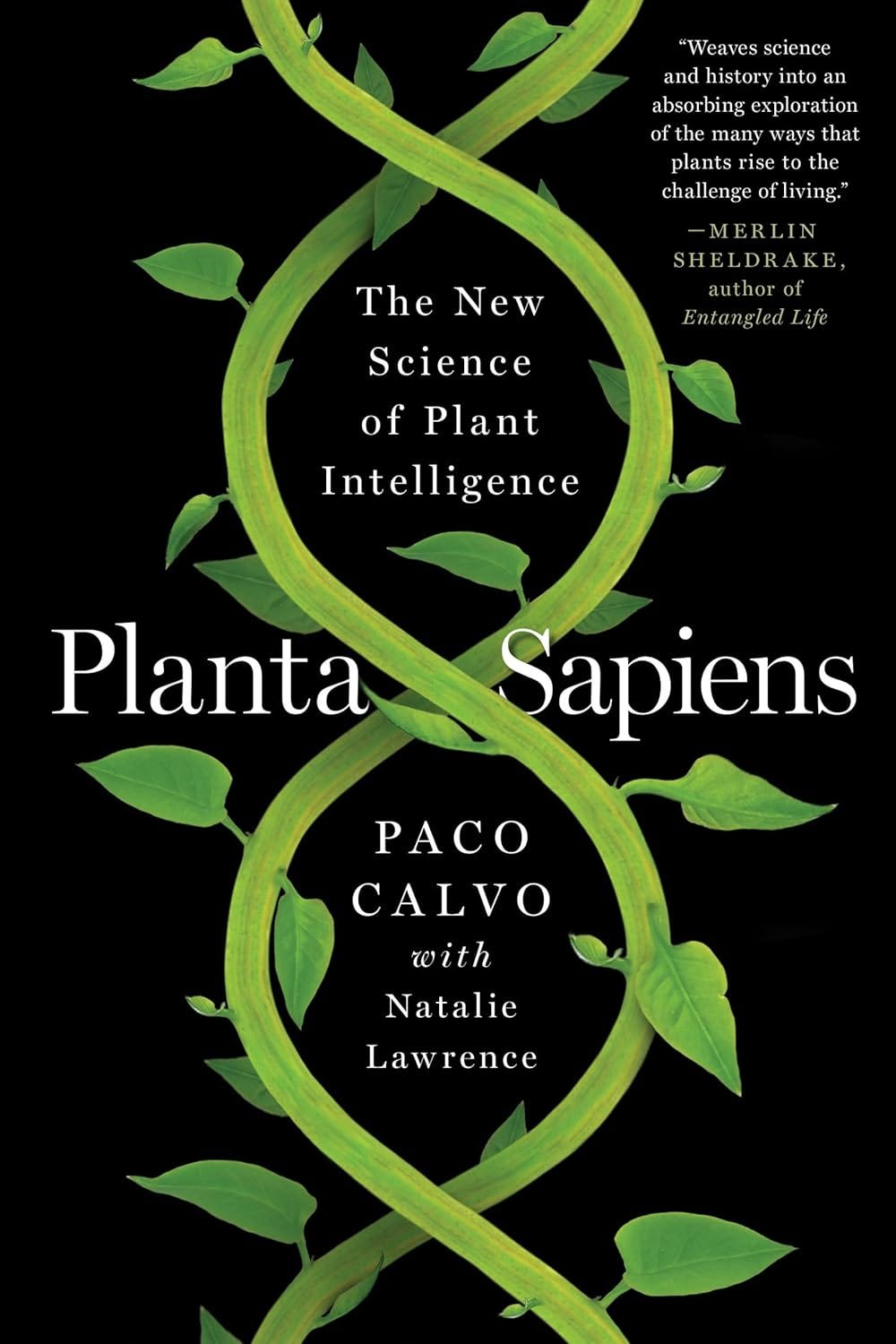Welcome to the Ephemera Newsletter free edition, Snēhitaru! (Kannada for “friends”)
Thank you to all who submitted to poetry in February for our April issues and especially to our finalist, Jacquelyn Shah, who will be the poet for the month of April! You can review her poems altogether once they publish as well as her artist statement and bio on this dedicated post on our substack page. We thank you for checking out Jacquelyn’s work.
On to our standard content matters: Won’t you please check out last week’s issue if you missed it.
And here are some reminders:
Call For Submissions: Submissions are in for the May issues. We look forward to reading! We are open for June now. April 30 is the deadline. If you are a paid subscriber to Ephemera, you can submit to poetry @ Ephemera for free as a membership perk! (We email you a secret link at the end of your second consecutive paid month and every month thereafter for as long as you are a paid subscriber). Free subscribers and anyone else can submit, too, with the reading fee and can submit up to 10 poems. Paying the reading fee will grant you 1-month paid access to Ephemera’s full letter. Learn more or:
In Brief…this week’s features:
Thoughts on The Dave Brubeck Quartet and their all time great “Take Five.”
Looking at the exquisite drafts of Leonardo da Vinci.
April’s poet, Jacquelyn Shah and her first of four poems, “Biblical Summer”
Our weekly lists:
3 magazines with open calls
3 awards/prizes
3 recent job listings for editors and writers.
**Sponsor our letter! Reach out to info@Litbreaker.com to advertise with us.**
More ephemera: check out our Interesante Section, where we present an article or site or interesting bit of info—sometimes a study, sometimes a video, sometimes an interactive site, sometimes an experiment.
In this issue, an article on Procrastination and its emotional foundation.
Book Recs, bonus content, and our mini-essays to start!
Last Week’s Issue.
Merci. Danke. Kiitos. 고마워 Go-ma-wo. Cảm ơn. Xiè xiè.
Ephemera
Dear Readers,
Taxes! Woe is we, taxes! Apologies for the delay in launching our first issue of April. It’s getting on quite fast now and we’re running behind. As freelancers and schedule c filers, we had a rough time this year piecing together all our disparate and completely deflated livelihoods (a pox on IRS website instructions designed to dry your eyes and subjugate your soul!). We’re sure many writers know this conundrum well. So many of us have chosen our art in various ways over pursuit of more lucrative careers. But we’re happy, in the end. Plugging along. Submitting here and there. Reading widely and wildly—recently, leaning as much into wild as we know how to. We suppose these confessions serve as a sort of commiseration. And now, let’s take a collective breath—inhale, several beats, exhale—and renew our practice. Each season comes with its own interruptions. Now that taxes are behind us, we can clear off ye old desk and take stock of our books and notes, confections and trinkets, supplements and intrigues. Sailing around the desk…
“Patience serves as a protection against wrongs as clothes do against cold.”
—Leonardo da Vinci
We espy Station Eleven by Emily St. John Mandel (so far so good). Wallace Stegner’s On Teaching and Writing Fiction. And there’s a handy reference tool for those of us who don’t want to consult the internet for everything: Writer's Market 100th Edition. A translation of an intricate Japanese crime novel—details, and characterization, and plot galore!—called Lady Joker by Kaoru Takamura. Pedro Paramo by Juan Rulfo, we’re about half way and have the English and Spanish versions. Reading again (maybe always reading) To The Lighthouse. Finished recently, The Sellout by Paul Beatty, The Legends of Khasak by O.V. Vijayan (marvelous and magical short novel), The Remains Of The Day, and Go, Went, Gone by Jenny Erpenbeck. Maybe this is the time for recommendations… We’d love some in the comments to us and each other. How about something writerly, something wild, and if you’ve heard of new weird, something in that genre. It can’t hurt to have a broad base of books balancing your breath. We remind you to be a reader always.
Kr̥tajñate!
(Gratitude)
Poetry by Jacquelyn Shah
Drinking Song of a Pen Collector I drink ink take it drop by drop and feed it to pages on pages of words upon words by delivery of pens I drink ink nothing tastes so good nothing gives me color like a swig of Meadow Green Magenta Flash Purple Mojo Nightshade I drink inks mix their hues with all the teeming colors roiling in my brain and when red dominates I cool it down with a scrawl or two of Lake Placid Blue I drink ink daily nightly yearly will drink into the forever of squall and squalor invasion evasion I drink ink–– ’cause nothing keeps me as sane in the aftermath of news And only drinking ink while thinking and penning can revolutionize the many too-white cranks and blanks of paper
Music: Dave Brubeck Quartet
Today we’re interested in the ubiquitous and lovable 5/4 time jazz piece composed by Paul Desmond, member of the Dave Brubeck Quartet, which became their biggest hit and, as indicated by several sources, the most selling jazz track of all time. While Desmond composed the piece, the credit has gone to the quartet and more so the band’s namesake, Mr. Brubeck. Formed in 1951, the quartet kept Dave through its tenure while musicians switched in and out—such is the life of a jazz ensemble, so it seems. The most famous foursome played steadily from 1958 through 1968 and featured Brubeck himself (piano), Paul Desmond (on saxophone), Eugene Wright (on bass), and Joe Morello (on drums). In 1959 the band recorded “Time Out,” which became the first jazz album to go platinum (one million copies sold) and featured Take Five as a hit track, a fact that no doubt fueled the album sales.
Considering all the album’s success, it’s not surprising that Brubeck and the quartet were sometimes labeled as the pop stars of jazz. Too, many of their compositions might be described as “mannered” or “uptight” relative to much of the jazz world at that time—think of Ellington, Davis, Parker, and Coltrane to name a few. However, listening to live recordings of the band, they certainly “mess” things up with quintessential solos and flairs of fancy. Also, it bears mentioning, several songs on their hit album were uncommon and certainly not popular time signatures—oddity with time is one of the features of the album, which includes tracks such as “Unsquare Dance” recorded in 7/4 (you’ll have to look it up because, while we know the song, have listened to it for decades, we balk at time signature knowledge beyond being able to recognize its oddity when deployed), and “Blue Rono a la Turk” in a 9/8 signature. As high school orchestra players, we played these songs (not well) and can say that Brubeck’s interest in classical music likely influenced his jazz composition, making it somewhat “neat” relatively speaking. In any case, it works, and it captures us as listeners every time.
“There’s a way of playing safe, there’s a way of using tricks and there’s the way I like to play which is dangerously where you’re going to take a chance on making mistakes in order to create something you haven’t created before.”
—Dave Brubeck
Playing the song oneself often leads to a greater connection to a piece. We hope listeners will connect in the way we do. “Take Five” is simultaneously an easy work to access, easy to get lost in and simply enjoy, and also, taken apart and understood, more complex than the delivery and ease with which the musicians seem to deliver their notes—in truth, the recording session was somewhat difficult and took them a few days to nail down. The middle of the song opens up. The up down refrain, the drums plunking away…we begin to miss the sax, which is probably the most iconic feature of the piece, at least, the easiest to identify, the most readily poignant. That Brubeck piano riff undergirds everything, though. We hear that in our sleep. On repeat, all hypnotic, it occupies the busy mind and lets you find yourself opened to the other elements, open to your own thoughts full and yet on edge.
We’re taking note of the chances taken. We’re taking note of the really fantastic riffs during live performances (see below). We’re listening carefully these days to the composition, the why and how of it all. How does that saxophone trill work with those notes at that time after being energized by an oddly beating drum, steady yet surprising. A poem can do all this when optimally constructed. A story, a whole book. Chances amidst grounding constructions with flairs and excellence of instrumentation (read: craft and language). This is what we can be inspired by. This is what we can aim for. Maybe this is a model of high construction bowled and stretched in curious ways by hammer marks of the Avant Garde. A wonderfully composed—forethought and arranged—artful piece whose popularity belies its complexity and challenge.
Dave Brubeck’s website.
A track from their recording outtakes that, to the ear, isn’t as right as they eventually got it.
See an interesting live recording played up tempo with some interesting flair:
Writers Submit: 3 Magazines
The print and online edition is looking for work in all genres. The magazine has published for many years, and featured many well-known and emerging writers. They are published by Eastern Washington University. Deadline MAY 31
The longstanding magazine published in Canada (print and digital) considers poetry on all subjects. The current portfolio theme is a call for work by people with disabilities that are affected by ableism. DEADLINE APRIL 31
An annual print journal with online components, Adanna is looking for work in all genres that is supportive of women’s rights, outlooks, and ideas. They consider work from any gender. DEADLINE MAY 31
Weekly Artist: Leonardo da Vinci
Our first issue of the month tends to be more well-known artists, bigger names. Sometimes, we even get into the biggest of names, though not as experts, mind you. As viewers. From a writing perspective, if we can. We’ll find an angle to take while also appreciating the visual. Later in the month, we often look into up-and-coming artists, contemporary folks who are in the throes of becoming. We hope you’ll consider upgrading—writing about those newcomers is more difficult due to the lack of coverage and familiarity. Also, part of how we discover or have discovered is by visiting galleries in person, which we encourage writers to do on their own as a fun and inspiration enhancing practice. Anon, we look at da Vinci.
A sixteenth century Tuscany man born on April 15, 1452, Leonardo da Vinci was a scientist, inventor, and visual artist. Possibly, da Vinci is the most famous artist of all time. (Google and other searches say as much). Yet, relatively speaking, he was not as prolific as say, Picasso; da Vinci created 20 known paintings, as well as many unfinished ones, eleven manuscripts of notes, six-hundred drawings and or studies—and these studies are what we’re keen on examining. His masterpiece, the Mona Lisa, the most famous painting ever, attracts 25,000 visitors a day. A tip on trying to see it: go super early on an off day, otherwise it will be ringed with other tourists and you’ll hardly see it but at a considerable distance—those of us who spend too much time with our noses in books and drafts will understand the futility of seeing a small painting at 10+ feet.
Da Vinci was a polymath by all accounts, born during (now what is somewhat contested as a distinct period) the renaissance as medieval Europe transitioned out of the so-called dark ages. One could easily spend several hours filling in the gaps of one’s knowledge on da Vinci, his biography, and the history of the times—all fascinating. We hope you will. We’re entering an age of hyper-specialization and artificial intelligence where people are incentivized to not know very much, leaving the “doing” of things, the “thinking” of things to machines, experts, and the credentialed in a way that could easily be a type of antithesis to the “da Vinci way,” can easily yield a great forgetting; reading about da Vinci inspires us to take on a greater level of responsibility for our lives and greater consideration for the lives our friends, family, and community. We want more know-how. We want to take confidence in our studies, particularly as they pertain to our art—art and writing, these are spaces where the creative mind can flourish, where a thing we study to whatever degree (may it be rigorous) can make its way into our texts. In this regard, da Vinci’s studies are an inspiration and call to action. So, we look at The Last Supper and undergirding studies.
“Art is never finished, only abandoned.”
―Leonardo da Vinci
Quickly, we want to jump into our consideration of da Vinci’s studies made in preparation for his painting The Last Supper, painted using the tempera method on to a wall in what is now a monastery dining hall. The painting, of course, depicts Jesus and his apostles at the moment Jesus declares that one of them will betray him, producing in each character a unique reaction. We recall seeing this piece on a trip in our youth, surprised by its location, slightly underwhelmed—much in the way we were at first glance of the Mona Lisa—until a true saturation of the entire work after minutes of staring lead us into the textures and details, the color and lighting, the motion somehow captured, the light and degradations of shadow, each facial expression and the minutia and connectivity of the movement of each character. It’s breathtaking and nuanced beyond all but an advanced painter or sophisticated writer’s comprehension; you see, we have a unique access into the painstaking focus and determination involved with delivering life-like detail and emotion in a way that’s hardly mentionable, easily accessed.
Let’s think about the constancy and forbearance involved in producing detailed studies of the nature of our provided examples, the commitment and energy to then later replicate the skills and knowledge acquired in the final product. This is what writers must do in many cases. They must build themselves into experts in a minutia that no one will ever notice, the refraction of light off a bird’s wing after hours of study and scores of drafts, to then deliver a word or two such that the product of their study feels as if it’s delivering flight, something essential and hardly belabored. The toil and grinding behind the end product we must not fret over. Our “studies,” in whatever context about whatever subject they occur are as important to us as da Vinci’s to him. As necessary. We’re referring to our myriad drafts, our side explorations—of descriptions or characters or contexts or histories—our treatments, our recitations. We see da Vinci’s studies and marvel. Greedily, we take note. In celebration, we renew our faith in “the work,” our toil, the necessity of being thorough, of becoming experts in what we have to.
Interesante: Procrastination Emotional?
From: Fastcompany.com
— (6 min read/12 min study)
““Procrastination is not a time-management problem, it’s an emotion-management problem.” —Tim Pychyl, associate professor of psychology at Carleton University
This was an interesting read and provided us with some much needed insight into why we wait to do things. Essentially, procrastination stems from emotional avoidance which comes about because we project into the future what it will feel like to do a task and foresee (usually accurately) that it will be unpleasant or worse. Thus, our brain initiates an avoidance response. There’s a whole lot more, including discussions of studies and books. A worthwhile update on the longest affecting plague for writers! —Read the article.
Tim Pychyl’s book on procrastination.
Prizes/Awards/Stipends Winter ‘24
New Writers Awards grants $500 and a reading tour each for a book of poetry, fiction, & cnf. Hosted by the Great Lakes College Association. For an author’s first book in the genre. $500 + readings. No Fee. DEADLINE MAY 25
Flash Fiction, CNF, and Prose Poetry Contests by Baltimore Review awards $300 and publication online in the Summer 2024 edition. They also have other publication opportunities. $300 + Pub. $8 fee. DEADLINE MAY 31
Akron Poetry Prize awards $1,500 and publication for a full-length book of poetry. The winning book is published by The University of Akron Press. They offer publication opportunities all year. $1.5k + Pub. $25 fee. DEADLINE JUNE 15
Bookstore: Guides, Gifts & Classics
Please consider supporting our letter and literature by buying books. It helps us and others! Bookstore via Bookshop.
Writings of Leonardo da Vinci:
The New Science of Plant Intelligence:
»»»Remember last week’s letter has urgent deadlines!«««
Thank you for subscribing to Ephemera. We appreciate your support very much! It means a lot to have you as a reader and paid subscriber. We look forward to growing the letter and bringing you new content and conversation along side our staples. At present, we’re considering creating a book volume containing a large part of our content, including artwork and essays. We’re also considering other projects, such as a monthly podcast, mini-videos, and a Q&A with our editors. Let us know if you have any ideas on how we can improve.
~~~Vidāya~~~
(Goodbye)
*
*
*
**Select Job Postings**
Ashland U.: Assc Prof Eng. FT. 3/3 MFA+ 4+ Yrs exp. ~$75k. Ashland, OH.
William Morrow: Ed. Asst. Fiction/Suspense. FT. BA. Entry. $48,500k. NYC.
eTranservices: Proposal Writer. FT 5 yrs exp. $100k+. Remote.
Ephemera Programs
Poetry at Ephemera:



